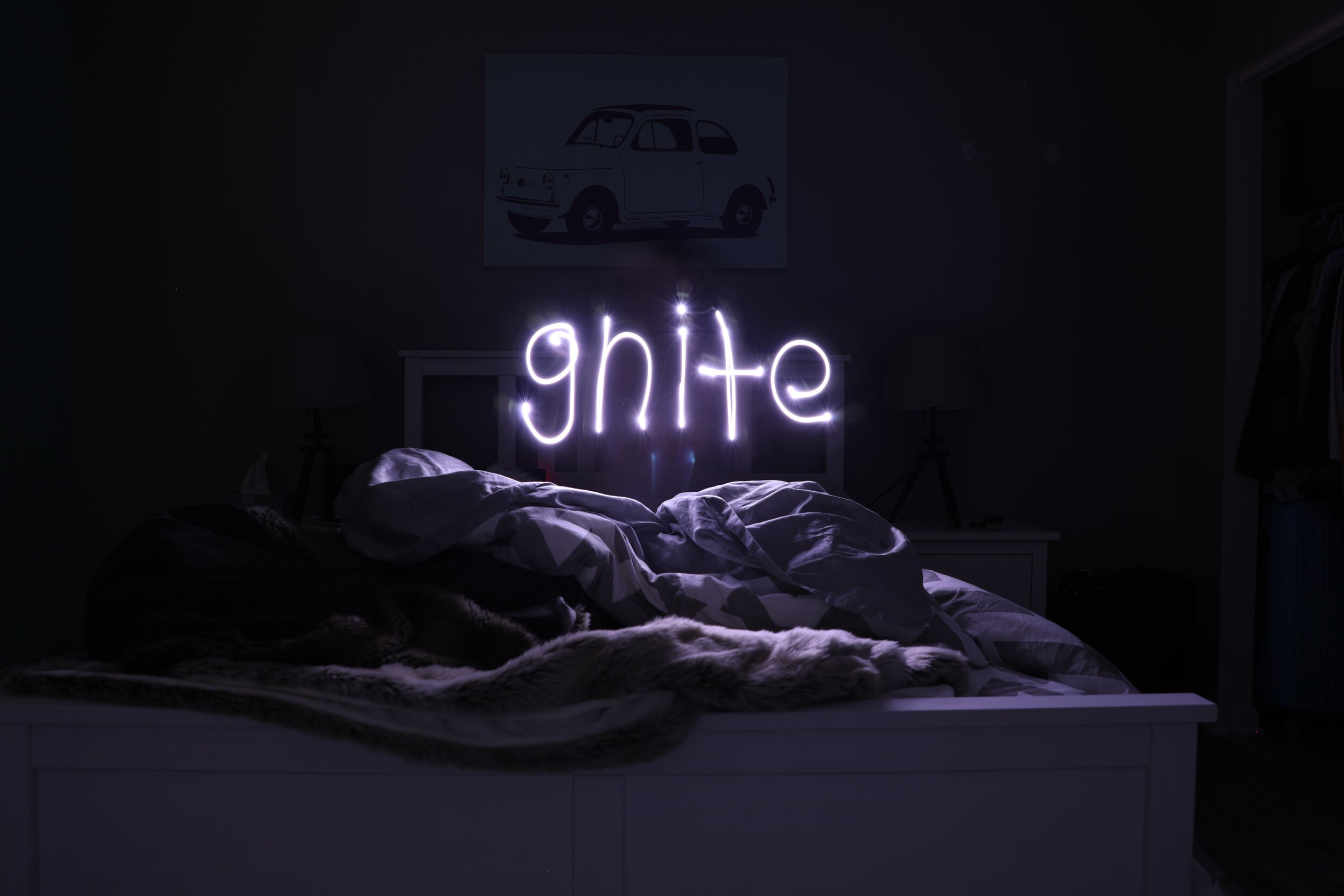Treating Insomnia with Cognitive Behavioral Therapy
Jill Stoddard
By Annabelle Parr and CSAM Insomnia Expert Dr. Melissa Jenkins
We all know what it feels like to get a bad night’s sleep. You know you have a big day tomorrow, but you watch as the minutes and hours tick by as sleep feels elusive. Or you fall asleep but you toss and turn, dreaming about that presentation you have to give at work. You finally fall into a deep sleep and it feels like that is the moment the alarm goes off. A bad night’s sleep on occasion is pretty typical – when we are super stressed it can be harder to sleep soundly.
When sleep – or lack thereof – becomes a problem…
But for some of us, bad sleep becomes a pattern. It can become a vicious cycle with loads of stress and a lack of sleep where it’s hard to tell what’s causing what. How can you tell if your poor sleep quality is typical or whether it might be time to get some help?
Is it a few bad nights or is it insomnia?
The DSM-V defines insomnia disorder as difficulty falling asleep, difficulty staying asleep, and/or waking up too early and being unable to return to sleep for at least 3 nights per week, lasting at least 3 months. The sleep difficulties must also cause significant impairment in important areas of functioning (such as work, relationships, school, etc.), and occur despite enough opportunity for sleep. It’s also important to rule out whether sleep difficulties are due to another disorder – sleep disorder or otherwise – and are not the result of substance use.
When to seek help…
Though full clinically diagnosable insomnia has fairly specific criteria, if you are unable to sleep well often enough that it is having a negative effect on your day to day life, it’s worth talking with a professional to see how you might get better sleep. It’s a common misconception that sleep difficulties require medication – such as sleep aids – to be alleviated. However, medication is often a short-term solution, like a band aid; in order to achieve long-term results, it’s important to address the underlying problem.
People don’t often think that therapy can help them with sleep – especially if it feels like sleep is the main problem rather than a byproduct of anxiety. However, there is a particular form of therapy entirely dedicated to the treatment of insomnia: Cognitive Behavioral Therapy for Insomnia (CBT-I).
What is CBT-I?
CBT-I involves a number of elements, and is based on helping the client learn strategies that will help facilitate better sleep. According to Dr. Melissa Jenkins, CSAM’s resident insomnia expert, CBT-I focuses on improving the quality and quantity of one’s sleep. Dr. Jenkins explains some of the core therapy components include…
Sleep efficiency therapy: People frequently say there is no pattern to their insomnia, a very common yet frustrating experience. A skilled CBT-I therapist can help make sense of otherwise confusing sleep patterns. By first examining what your current sleep (or lack thereof) looks like, a CBT-I therapist then guides you to change your sleep schedule. This strategy can greatly improve your quality of sleep. It often involves making significant changes to when you go to bed and when you wake up. These changes are often counterintuitive! People with insomnia often find this one of the most difficult but most effective parts of CBT-I. With the help of a skilled therapist, you learn how to regain control over your sleep.
Stimulus control: After extended periods of not being able to sleep in one’s bed, bed often becomes a place of stress (not rest!). The body becomes primed to be alert in bed, the exact opposite of what we need to be able to fall asleep. So, we often say the brain needs to be re-trained! A CBT-I therapist helps re-train your brain so that you can once again sleep when and where you want to. This involves looking at what you currently do when you cannot sleep as well as things you do in your bed and bedroom that are possibly maintaining insomnia (e.g., watching tv, reading).
Sleep hygiene and psychoeducation: Another important element of CBT-I is helping you to understand the host of habits that contribute to sleep quality. Sleep hygiene involves everything from the food we eat, to the substances (such as caffeine and alcohol) we consume, the environment in which we sleep, the times of day in which we engage in particular activities such as exercise, our exposure to light (natural and artificial), and our routine leading up to bedtime. It’s not all intuitive, but when we know what can help or hinder our shut eye time, we are empowered to improve our own sleep and our health overall. CBT-I can also help teach natural ways to “trick” the body to either increase sleepiness for bedtime or alertness for optimal daytime functioning.
Relapse prevention: The goal of therapy is to give you the tools you need to create change and empower you going forward. The relapse prevention stage of CBT-I involves consolidating gains made in treatment to maintain good sleep going forward. Helping you to recognize potential triggers for an onset of acute (short term) insomnia and providing you with the tools for preventing relapse back into chronic insomnia is critical. Also, if you need to come back to therapy for a tune up, good news! Clients who return to therapy for a tune up during a relapse tend to recover quickly.
Additional therapy components: Other important aspects of treatment can include stress management and cognitive therapy (how the way you think may be triggering or perpetuating sleep problems).
At the end of CBT-I, the goal is to become your own sleep doctor: To put you back in control of your sleep and to know what to do if problems return in the future. Over the course of CBT-I, you can also learn how to determine your optimal amount of sleep (which is often different than the common myth that everyone needs 8 hours!). CBT-I is short term and typically includes 7 or 8 sessions, but can vary depending on individual needs. Treatment, while structured, is tailored the specific person and their behaviors. CBT-I is offered in individual therapy or group therapy.
Announcing: CBT-I group therapy is available at CSAM!
Interested in learning more about or receiving CBT-I? Dr. Melissa Jenkins is CSAM’s resident insomnia expert! She offers individual and group CBT-I, and is currently accepting clients for a CBT-I group waitlist in our Carlsbad office. For more information, please contact us at 858-354-4077 or at info@csamsandiego.com


























